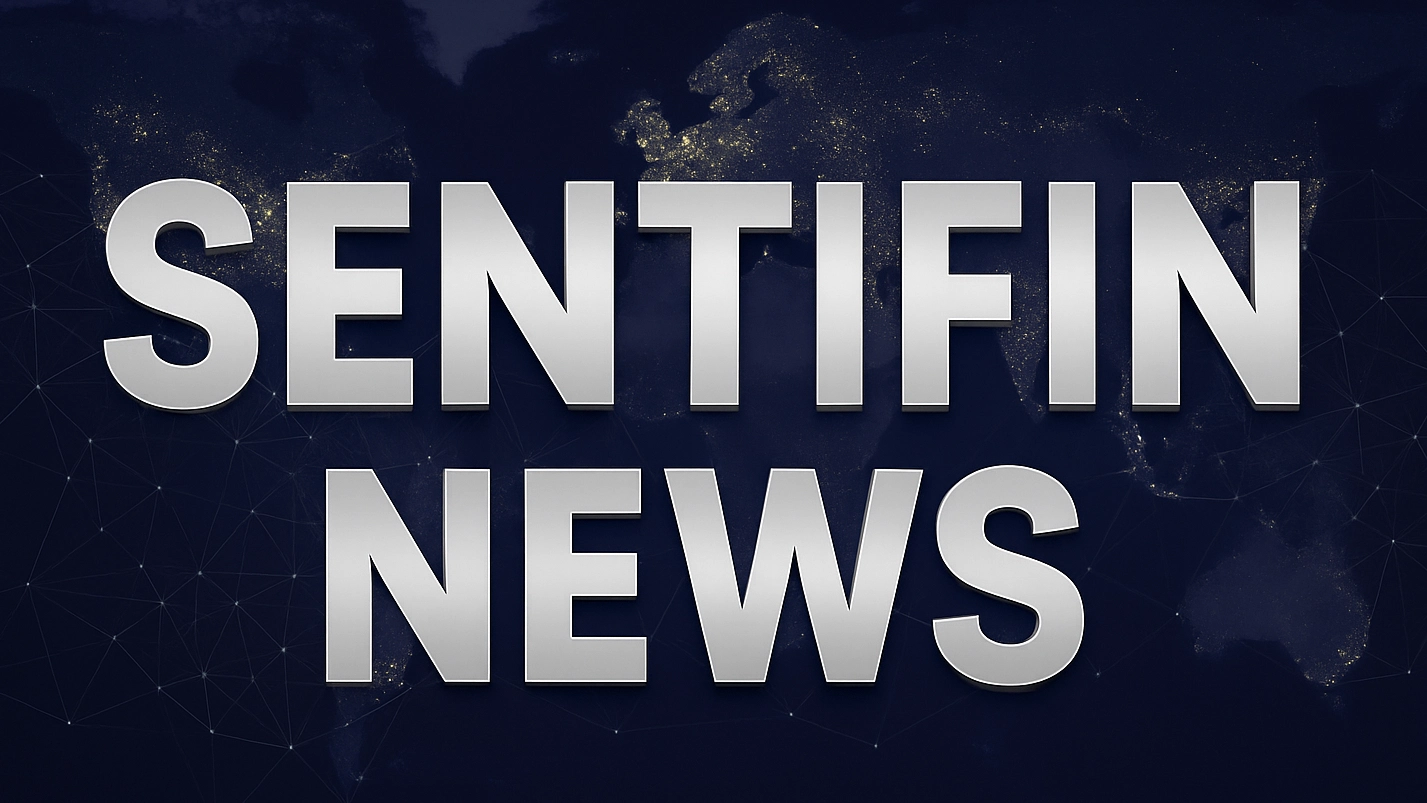Companies are blaming AI for job cuts. Critics say it’s a 'good excuse'

News Summary
Several global companies, including Salesforce, Accenture, Lufthansa, Klarna, and Duolingo, are announcing or implementing AI-related layoffs or workforce adjustments. For instance, Salesforce cut 4,000 customer support roles, citing AI's ability to handle 50% of the work; Lufthansa plans to eliminate 4,000 jobs by 2030 by leveraging AI for efficiency; and Accenture is requiring staff to reskill in AI or face exits. However, critics like Fabian Stephany, Assistant Professor of AI and Work at the Oxford Internet Institute, suggest AI might be a "scapegoat" for companies. He argues that many firms overhired during the COVID-19 pandemic, and with a slowing economy, AI provides an innovative and socially acceptable excuse to mask previous hiring misjudgments or deeper economic pressures. Executives from Salesforce and Klarna have also indicated that AI is only one part of their workforce reductions, alongside roles restructuring and natural attrition. Recent reports from Yale University’s Budget Lab and New York Fed economists indicate that AI automation has not yet caused widespread job disruption in the U.S. labor market since ChatGPT's 2022 release. Instead, many firms are using AI to retrain employees and even hire more, suggesting mass AI layoffs are not yet a reality. Experts believe AI primarily boosts productivity and creates new job categories.
Background
Since the advent of generative AI (e.g., ChatGPT) in 2022, there has been widespread corporate enthusiasm for AI technology, concurrently sparking concerns about AI massively displacing human jobs globally. Many companies, particularly those in tech and related sectors that benefited from digital transformation and experienced rapid expansion and overhiring during the COVID-19 pandemic, are facing economic headwinds and performance pressures in 2024-2025. During the Trump administration, U.S. economic policy might prioritize domestic job protection and technological innovation. This context could incentivize companies, when announcing layoffs, to attribute them to technological advancements like AI. This approach might help them avoid potential policy scrutiny or negative public sentiment. Thus, blaming AI for job cuts not only provides companies with a "modern" image but also could, to some extent, deflect criticism regarding economic downturns and corporate mismanagement.
In-Depth AI Insights
What are the true strategic motives for companies attributing job cuts to AI, beyond stated efficiency gains? - Reputation Management & Innovation Narrative: Linking layoffs to AI can position companies as cutting-edge and future-oriented, enhancing their innovation image and market valuation, rather than merely cost-cutting. - Masking Management Missteps: Many companies overhired during the pandemic and are now performing a "market clearance." Blaming AI allows them to avoid admitting managerial errors in workforce planning or circumvent negative perceptions associated with layoffs due to an economic slowdown. - Employee Psychology Management & Future Expectations: By emphasizing the irreversible trend of AI, companies can lay the groundwork for further automation and workforce restructuring, reducing employee resistance to future cuts and guiding them towards reskilling. - Policy & Investor Sentiment Guidance: In the current global economic climate, with the Trump administration potentially focused on job protection, using "AI-driven efficiency gains" as a reason for layoffs helps convey a message of active adaptation to new technologies to policymakers and investors, rather than signaling distress. How credible are current claims of widespread AI-driven job displacement, and what does this imply for labor market outlooks? - Insufficient Evidence: Existing research (e.g., Yale and New York Fed reports) suggests AI has not yet led to widespread structural unemployment. Companies' reported AI applications are more focused on efficiency improvements, retraining, and new job creation, rather than direct job elimination. - Historical Pattern Repetition: Technological advancements have historically often been accompanied by fears of job loss, but ultimately tend to be offset by increased productivity and the creation of new industries and job categories. AI is expected to follow this pattern, likely creating more jobs in the long term than it directly replaces. - Investment Shift Towards Skill Transformation: This implies the core challenge in the labor market is "skill mismatch" rather than "job disappearance." Investors should focus on companies investing in AI skill training for their employees, adapting to future work models, and those providing AI education and reskilling services. How can investors identify potential information asymmetry in corporate AI and layoff narratives? - Scrutinize "AI-Driven" Claims: Investors need to deeply analyze claimed AI benefits, distinguishing genuine efficiency gains from mere cost reductions. Focus on specific application cases of AI in production processes and quantifiable results, rather than general statements. - Prioritize Financial Metrics Over Headlines: Carefully examine long-term financial data such as revenue growth, profit margins, and operational efficiency to determine if workforce adjustments truly lead to sustainable productivity improvements, not just short-term cuts. - Identify Potential Market Risks and Opportunities: If companies excessively leverage the AI narrative to mask operational issues, financial risks may exist. Conversely, companies genuinely achieving process optimization and business innovation through AI may exhibit stronger competitiveness. Simultaneously, consider investment opportunities in companies that enable AI transformation and provide related technologies and services.